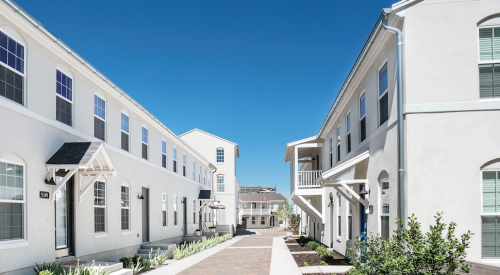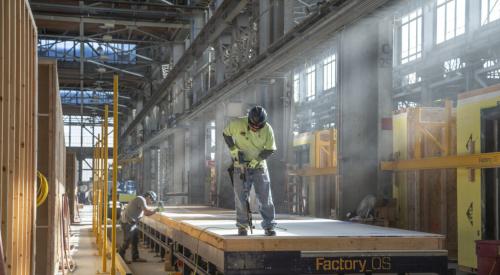Imagine you have $20 in your pocket with the sole purpose of buying something to drink with it. On the surface, $20 seems like it would be more than enough to imbibe in anything ranging from water, pop, and coffee, to beer and mixed drinks. $20 is more than enough to purchase a drink, that is, unless even the most basic of drinks costs $100.
That is the exact situation many residents of Bay Area cities are facing currently when it comes to the housing market. Take Palo Alto for example, a small city with a median family income of $167,408, which is the third highest in the country for a city in its size class, The New Yorker reports. Certainly they don’t need help in paying for a house, right? It’s easy to think that, until you take a look and realize the median property value in Palo Alto is $2.5 million, and still rising.
Subsidizing housing for six-figure earners, which may have originally seemed a bit outlandish, suddenly starts to make a lot more sense. And Palo Alto isn’t the only city in the Bay Area kicking around this idea. San Francisco, one of the most expensive housing markets in the country, is moving forward with a version of a plan that would allow some of San Francisco’s middle class to move to subsidized housing that would be built in the city’s Candlestick and Bayview-Hunters Point neighborhoods. There would be a cutoff of $145,650 for a four-person household.
One of the biggest concerns with subsidizing the middle class, as Nathan Heller writes, is that it would replace the old poor with the new poor in public concern. Palo Alto, for example, may have a high median income, but it still has 15 percent of people living below the poverty line, as well.










